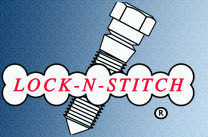After months of prep work, I'm ready to put all the A4 parts, lying around my work shop, back together.
All the hard work is done.The cleaning, scraping, sanding, primer & paint. It's all down hill from here.
I thought I'd post some pic's as I went along to tap into the resources of the MMI forum and to offer what I can to this site .
 Regards:Rick
Regards:Rick
All the hard work is done.The cleaning, scraping, sanding, primer & paint. It's all down hill from here.
I thought I'd post some pic's as I went along to tap into the resources of the MMI forum and to offer what I can to this site .
 Regards:Rick
Regards:Rick



Comment